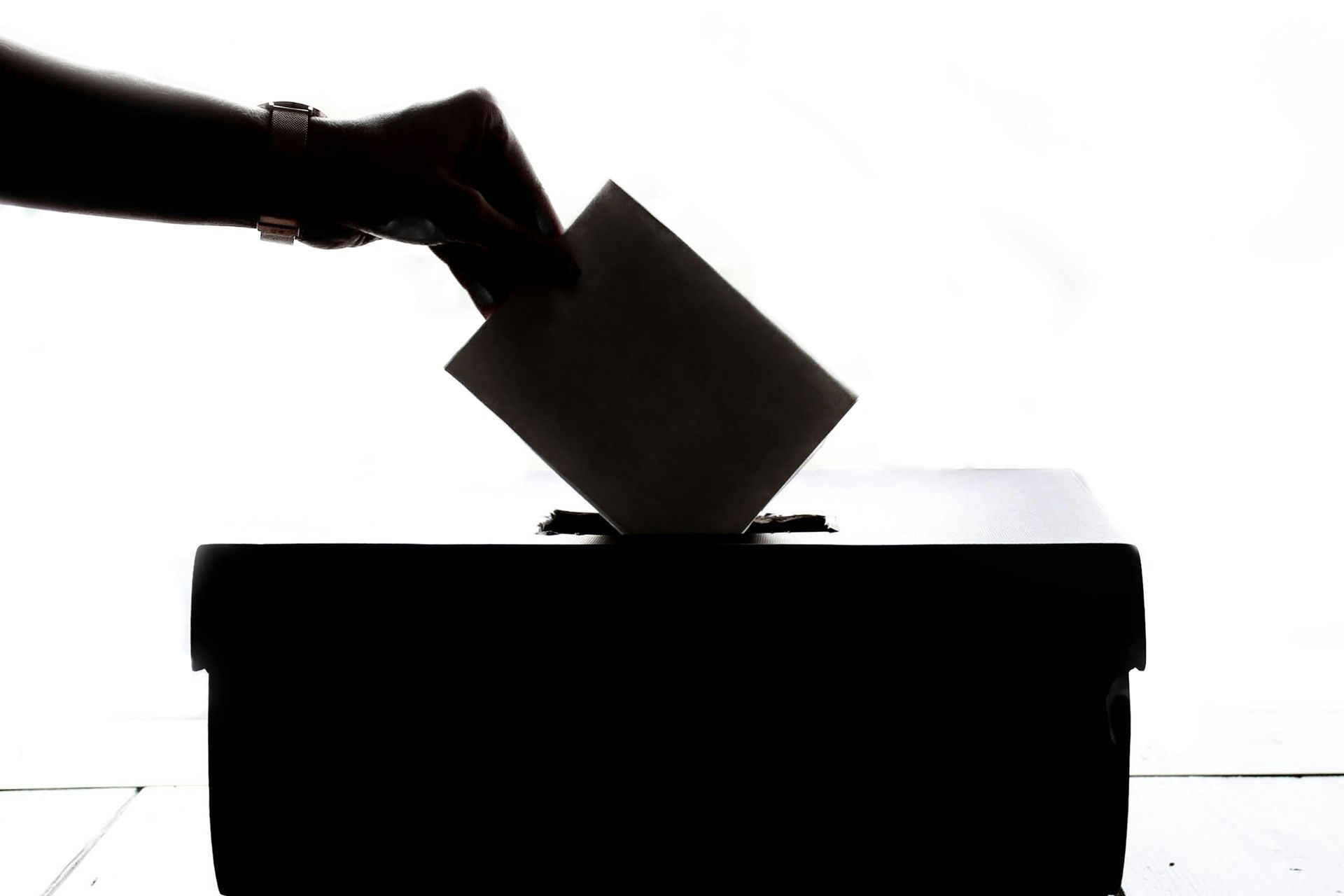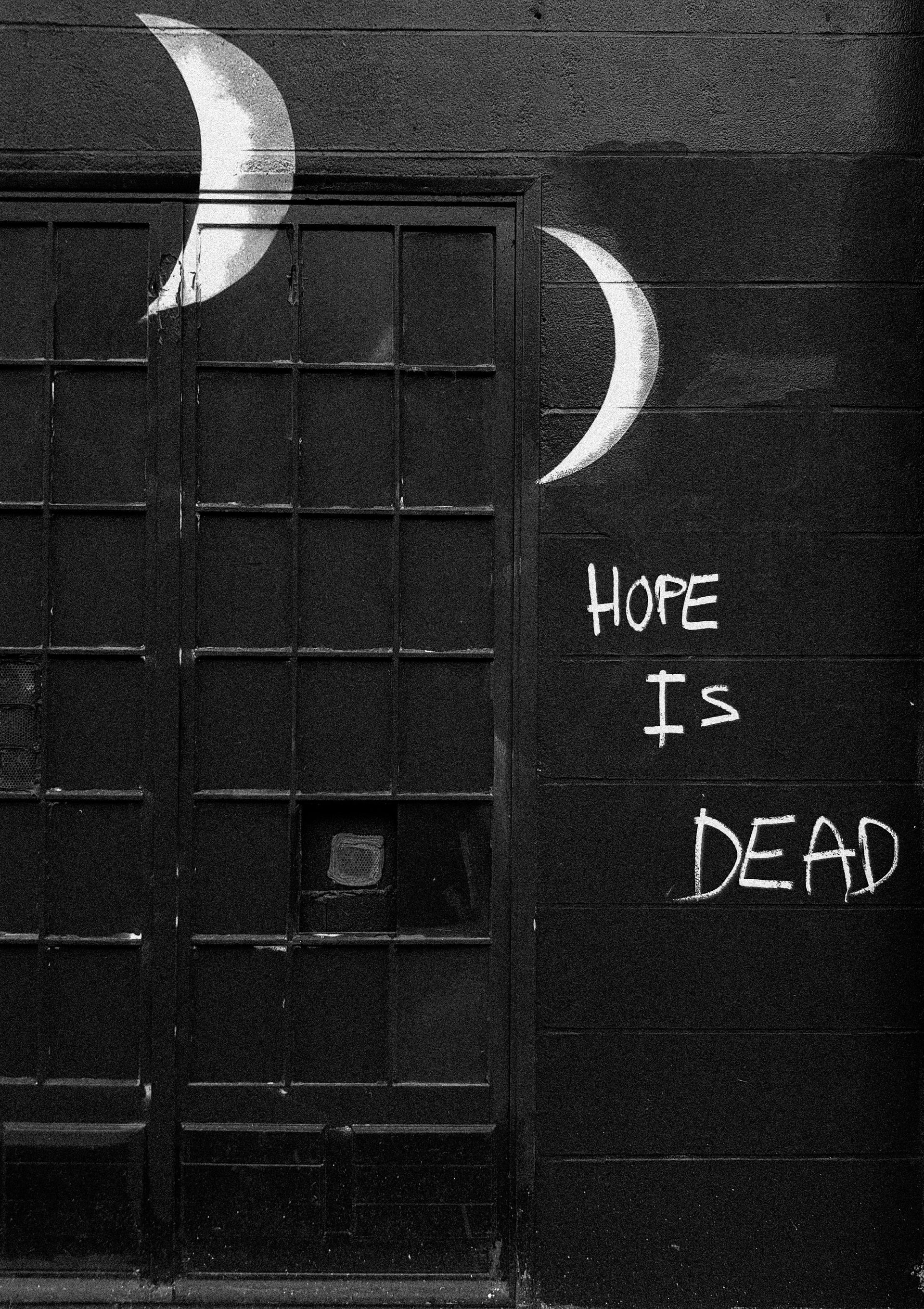Being Known As the Woman Who Introduced 'C---' into the New Zealand Parliament, Wasn't A Smart Long-Term Strategy
As a journalist, a multiple-times-published marketing and business book author, but most especially as a leadership PR professional with Parliamentary press secretary experience (albeit that part was decades ago), here’s my humble opinion on why Minister Brooke van Velden’s retort to a senior Stuff journalist’s column contents, didn’t exactly demonstrate long-term smarts.
The overarching point I would make is that context is everything, and in the passage of time, the back story and the context of the viral moment will almost certainly be lost, and the otherwise well-spoken Minister will go down in history more simply as the female Minister who introduced the "C-word" to the floor of the New Zealand Parliament.
Don't believe me? It's often the headlines that readers and internet surfers take greater note of than the content . . . especially if they were just surfing and didn't click on the segment in the first place. On that note, try these:
C-bomb dropped in Parliament as tensions flare over pay equity amendments Stuff.co.nz (Stuff immediately takes the opportunity to go out-of-context and make the victim appear as the perpetrator. You might have seen that one coming, Minister. Like, a mile off.)
Brooke van Velden drops C-word in Parliament RNZ You KNOW the leftist mainstream media hates your guts. WHY did you hand them your reputation on a platter?
New Zealand MP uses ‘C’ word in speech over ‘misogynistic’ paper column The Project Ditto.
"C*nts": Brooke van Velden fires back against Vance and Tinetti's sexist abuse | ACT The headline used by your own Party's YouTube channel! If the comms advisor responsible for that thumbnail headline has an IQ sufficient to successfully operate a door handle, they hid it well.
Notice, all these headlines are centred on van Velden “using the C-word” in Parliament . . . not on the context of her giving voice to the associated journalist’s related intention to disparage and distress her female colleagues. Again, you should have seen every one of them coming. A savvy response would have been no response, and the wisened Speaker of the House sagely and valiantly attempted to guide you into taking that course. Had you accepted his counsel, it would have cut off the undeserved oxygen supply to Vance's awful piece right there.
You've got to stay one step ahead of the media, not play right into their hands - especially when their knives are continually out for you. Now you have them taking the added opportunity to accuse you of using Vance's content to distract from your own supposed assault against working women - as you already struggle to recover from the cock-up that has been the framing and handling of that little tidy-up "initiative". (Honestly, what Polytech pool do you fish from for your comms advisors?)
Unwise from A Career Perspective
Back to these short, viral internet clips that are without context (and the fact that you should have thought ahead to that).
These little virally grabs (sans back story) are the nature of what is grabbed and retained across the months and the years on the internet across passing news cycles.
Over the longer haul, and across a geographically far broader viewer base, it will be the Minister who is remembered as bringing the term in question to the floor of the New Zealand Parliament. See Exhibits A, B, C and D above.
Unwise from A Personal Image Perspective
Making her point in this manner and retaining her dignity after having done so, requires the Minister to rely on the context of her (self-)perception i.e. as a "calm” and “non-sweary” (her self-descriptor) operator.
What’s wrong with that? Assuming she's well-enough known and as that particular persona, it's still at best by a limited audience i.e. those who know her, or who regularly observe her political and professional performances. She can’t, at this relatively early stage in her Parliamentary career, be assumed as having an established "calm and non-sweary" reputation across a wider, national audience, and certainly not across an international audience.
And she certainly hasn't got one now. She said she "wanted to hold up a mirror". The problem: She forgot to check which way the mirror was facing.
Unwise from A Personal Confidence Perspective
The Minister’s nervousness in yesterday afternoon’s post-expletive foyer press conference was palpable.
Notwithstanding that she can appear on The Platform and be lauded by Sean Plunket and a couple of his callers for her ballsy performance, on the other side of the coin, given the mixed reactions to the moment, at the same time she’s created a self-consciousness for herself that could stick around in her own psyche for some time.
Whenever this occurrence is raised in a public or group setting, she's made herself vulnerable to criticism that is likely to be lasting, despite any weight of numbers of those who were enamoured (or perhaps just initially enamoured) with her “shock-and-awe” viral moment.
Unwise from A New Zealand Parliamentary & International Perspective
The New Zealand Parliament's image is still reeling internationally from the Maori Party’s haka "performance" (from the Right, 'How New Zealand's Parliament Became A Viral Laughing Stock' all the way through the media leanings spectrum to the Left, 'Māori MPs perform haka and disrupt NZ parliament debate on treaty rights changes'.
We already look like a bunch of bananas after that little display.
From an international interest perspective, no-one will have paid any notice to anything about the little backwater New Zealand Parliamentary scene between then and this new viral moment.
How does that make the New Zealand Parliament look out there in the wider world?
And as far as "being a strong woman" and showing us how it's done, arguably, what message about New Zealand women does this send to the global audience? (NB: I myself can swear like a trooper, so I'm not attempting to come across all horrified and holy. I'm just pointing out that you shouldn't have risked giving the world the impression that all "strong New Zealand women" keep that term at ready reach in their handbags, to fend off misogyny attacks.)
Compare It to the Fiery Yet Strategic 2012 'Misogyny Speech' by Australian Prime Minister Julia Gillard . . .. the 'Greatest Moment in Aussie TV History'
Compare van Velden's determination to commit her shock-and-awe (I see it as) disaster, to the greatest misogynist-rebutting retort of all time by a politician: that of Australian Prime Minister Julia Gillard in 2012.
Known as 'The Misogyny Speech', it has been widely and internationally voted as the greatest moment in Australian television history. That's because the sharp-minded Gillard – capitalising on raw emotion but NOT having her long-term smarts hijacked by it – ensured that the full context of the lengthy and impassioned retort would be inseparable from the actual speech itself.
So . . . Minister van Velden, THIS is how you take down misogynistic attacks on senior female Parliamentarians. Take heed and take notes:
A Timeless, International Precedent
And so I give to you, Australian Prime Minister Julia Gillard and her immortalised 2012 “misogyny speech”, responding to the heinous conduct of then-Opposition Leader, Tony Abbott. (It doesn't matter how many times I watch it, it still sends tingling sensations through my spinal cord.)
Here's a taste of viewers’ 20,000 comments under this one video alone (with its 7.2 million views):
“She dug that man a grave and said, 'Don’t be shy, step in.’”
“This is literally what that man is now going to be known and remembered for. Amazing.”
“She came with receipts. Honestly, I'm surprised he didn't start crying. She destroyed him.”
“This woman made me feel like a strong, intelligent Australian woman and I'm an African man.”
“The thing I love the most is she NEVER, not once, let her flow get interrupted by heckling. Calm, measured, firm, yet schooled rage.”
Do you see the difference, Ms van Velden?









